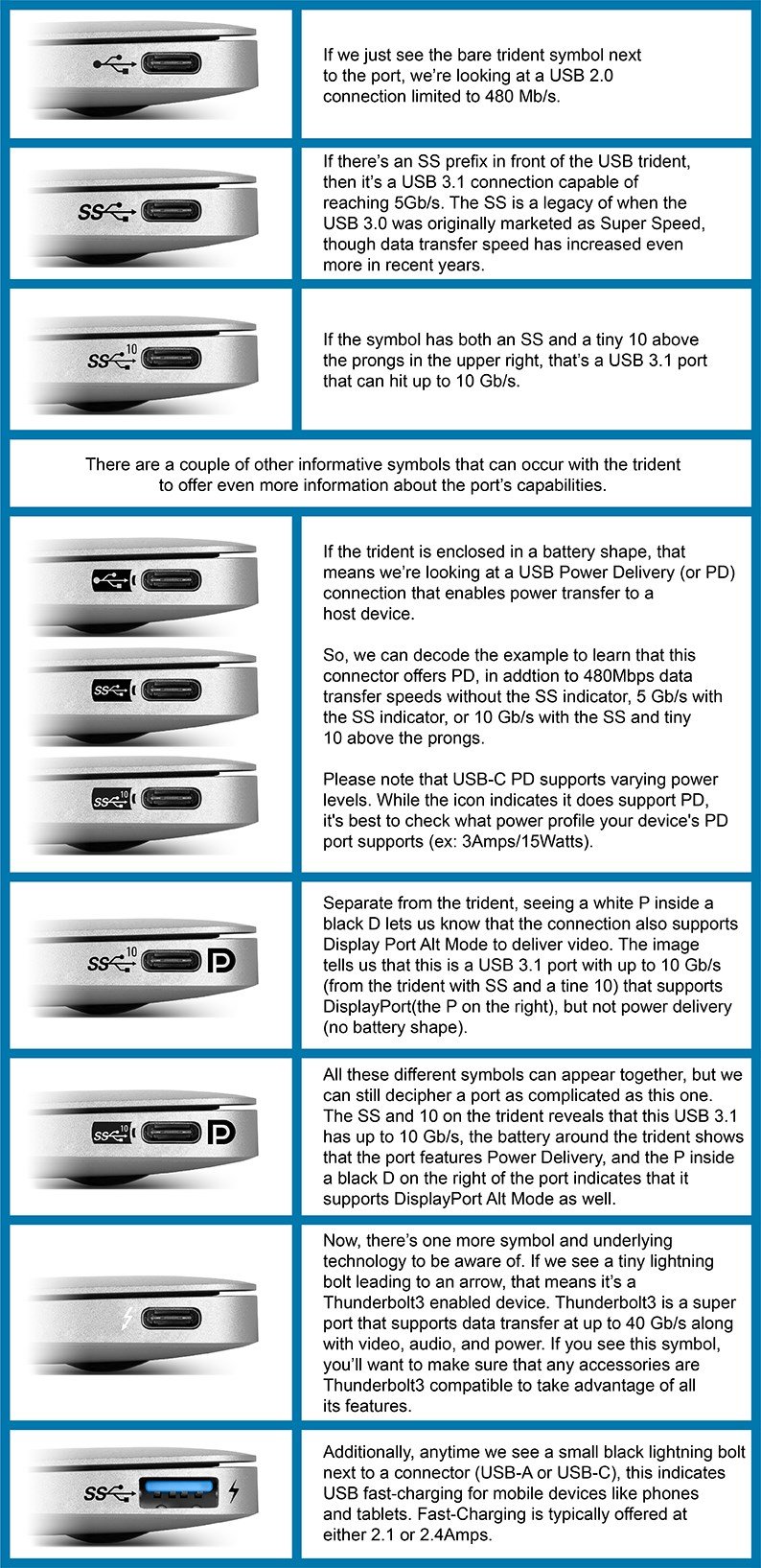this post was submitted on 09 Sep 2024
1601 points (97.5% liked)
Technology
69913 readers
2252 users here now
This is a most excellent place for technology news and articles.
Our Rules
- Follow the lemmy.world rules.
- Only tech related news or articles.
- Be excellent to each other!
- Mod approved content bots can post up to 10 articles per day.
- Threads asking for personal tech support may be deleted.
- Politics threads may be removed.
- No memes allowed as posts, OK to post as comments.
- Only approved bots from the list below, this includes using AI responses and summaries. To ask if your bot can be added please contact a mod.
- Check for duplicates before posting, duplicates may be removed
- Accounts 7 days and younger will have their posts automatically removed.
Approved Bots
founded 2 years ago
MODERATORS
you are viewing a single comment's thread
view the rest of the comments
view the rest of the comments

My headphones have a USB c port and connects at USB 2 speeds.
My headphones (Sennheiser Momentum 4) have Bluetooth, USB, and phone jack support. When using Bluetooth mode with the latest firmware update, they sporadically shut down while using in Bluetooth Multipoint mode.
I used headphones for decades very happily with a 1/8th inch jack.
They weren't perfect.
Some devices used a 1/4 inch jack. This at least was electrically-compatible, so one just needed a cheap, appropriately-shaped piece of metal to adapt them.
The 1/8th inch jack connector took up enough space that the smartphone guys eventually mostly banished it from phones, to try to get a bit more space in the device.
There wasn't a standard impedance. While most consumer devices used more-or-less the same impedance (and if you had to, you could just adjust the volume up or down slightly with different headphones) some higher-end headphones required a headphones amplifier that could push more power.
When you plugged a device in, it briefly shorted the connector, and made a lot of noise.
It wasn't wireless (which could be seen as a minus or plus, depending upon whether you wanted ability to walk away from a computer in exchange for a set of other complexities and issues).
It couldn't transmit power (well, not much; there was a convention for doing so that didn't become widespread). That became more significant with the rise of headphones with active noise cancellation, which would need at least some way to get power to the headphones.
But honestly, those were mostly pretty minor problems. Headphones just worked in virtually all cases.
I didn't have to worry about whether-or-not my headphones supported a given sampling rate, the number of devices that could connect to my headphones, wireless interference, or physical plug compatibility aside from the 1/8th inch and 1/4 inch issue (well, and occasionally 2.5mm headset connectors on phones). USB audio didn't resolve the calibrated volume issue, one of the few annoyances I had with the analog connector. I have one set of Bluetooth headphones that start breaking up when I leave the room with the transceiver and another that work flawlessly across the house. I have charging rates to worry about, and whether the device is smart enough to have a battery management system capable of prolonging battery life by shutting off charging at appropriate points. The protocol and physical connector for telephone jacks has changed twice over the past hundred+ years, once to add a ring (for stereo) and once to move from 1/4 inch to 1/8th inch. The Bluetooth and USB standards, while providing for some level of backwards compatibility, have changed like some people change socks. There are different audio protocols (and in some cases competing audio codecs, like LDAC vs aptX). Lossy compression becomes an issue with Bluetooth. Some devices don't support some sampling rates; analog headphones don't care. Having (effectively) zero-latency pass-through mixing is guaranteed doable with any analog headphones with the appropriate mixer, so that one can hear some other audio source live; that's not an option with Bluetooth or USB headphones.
I do like active noise cancellation, and the wireless functionality can occasionally be handy (though in general, it isn't a game-changer for me). But I feel like the user experience has gotten a lot more problematic, in general.
There are at least 4 different incompatible 1/8" TRRS standards.
You couldn't have picked a worse example.